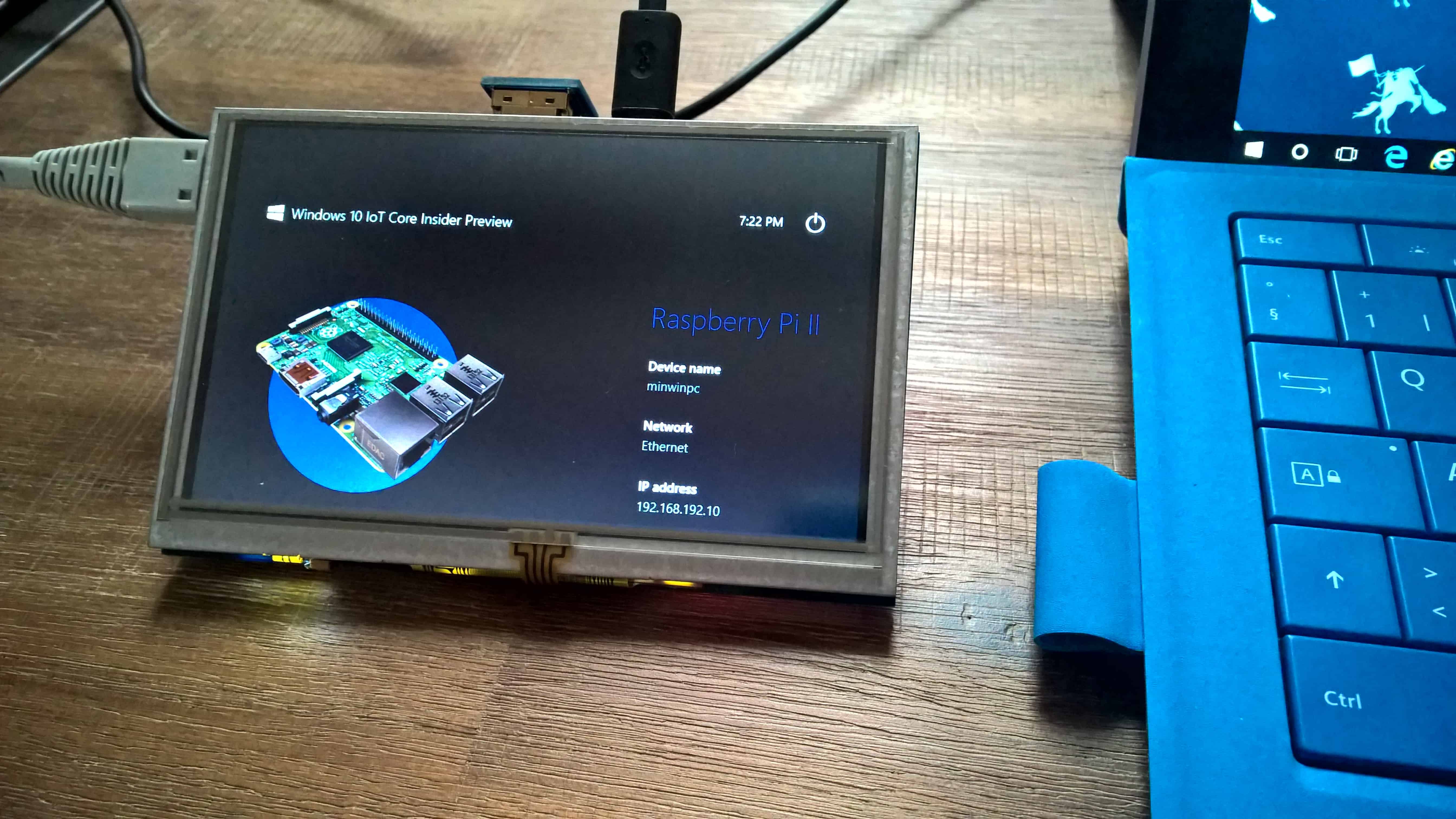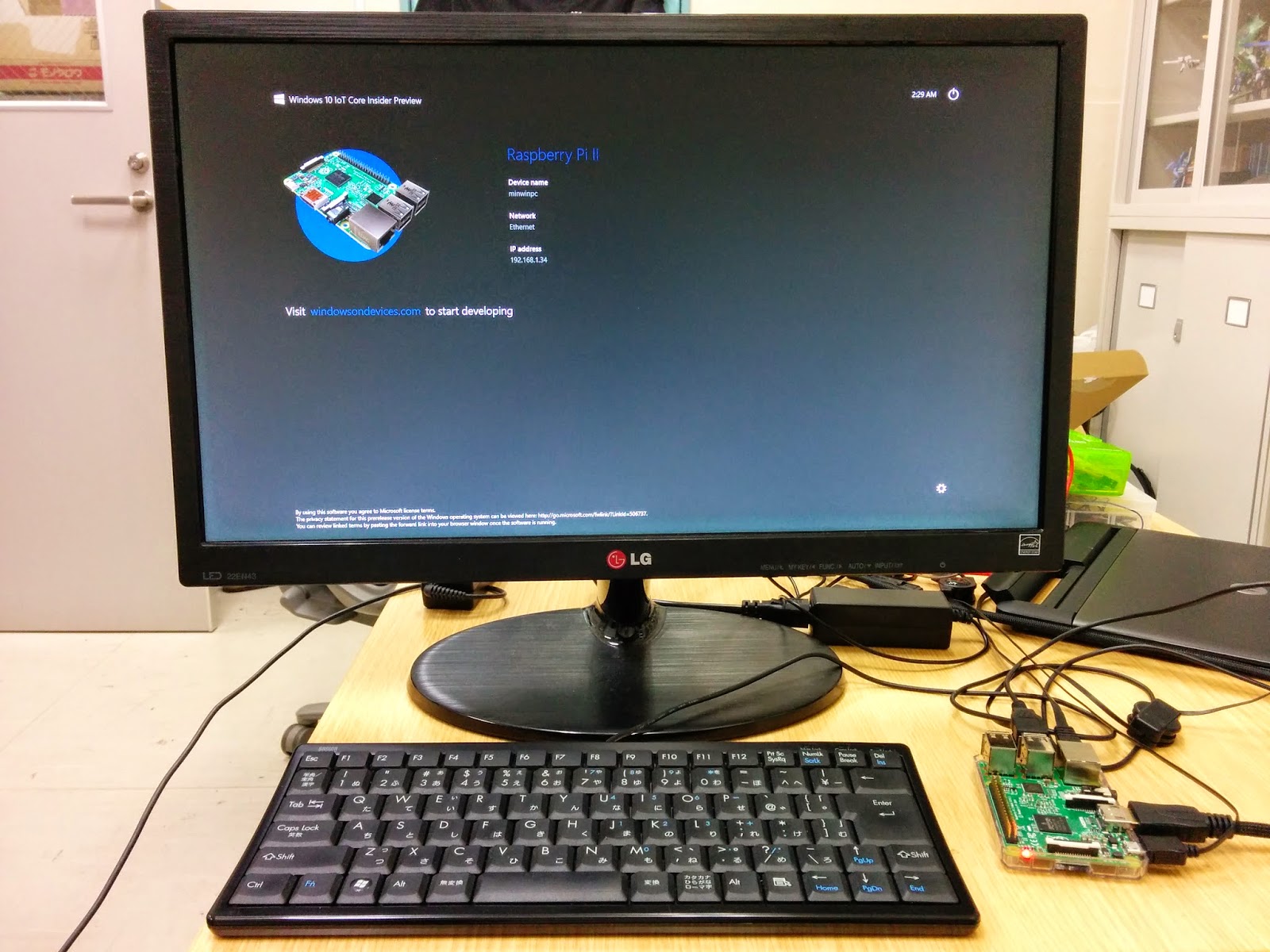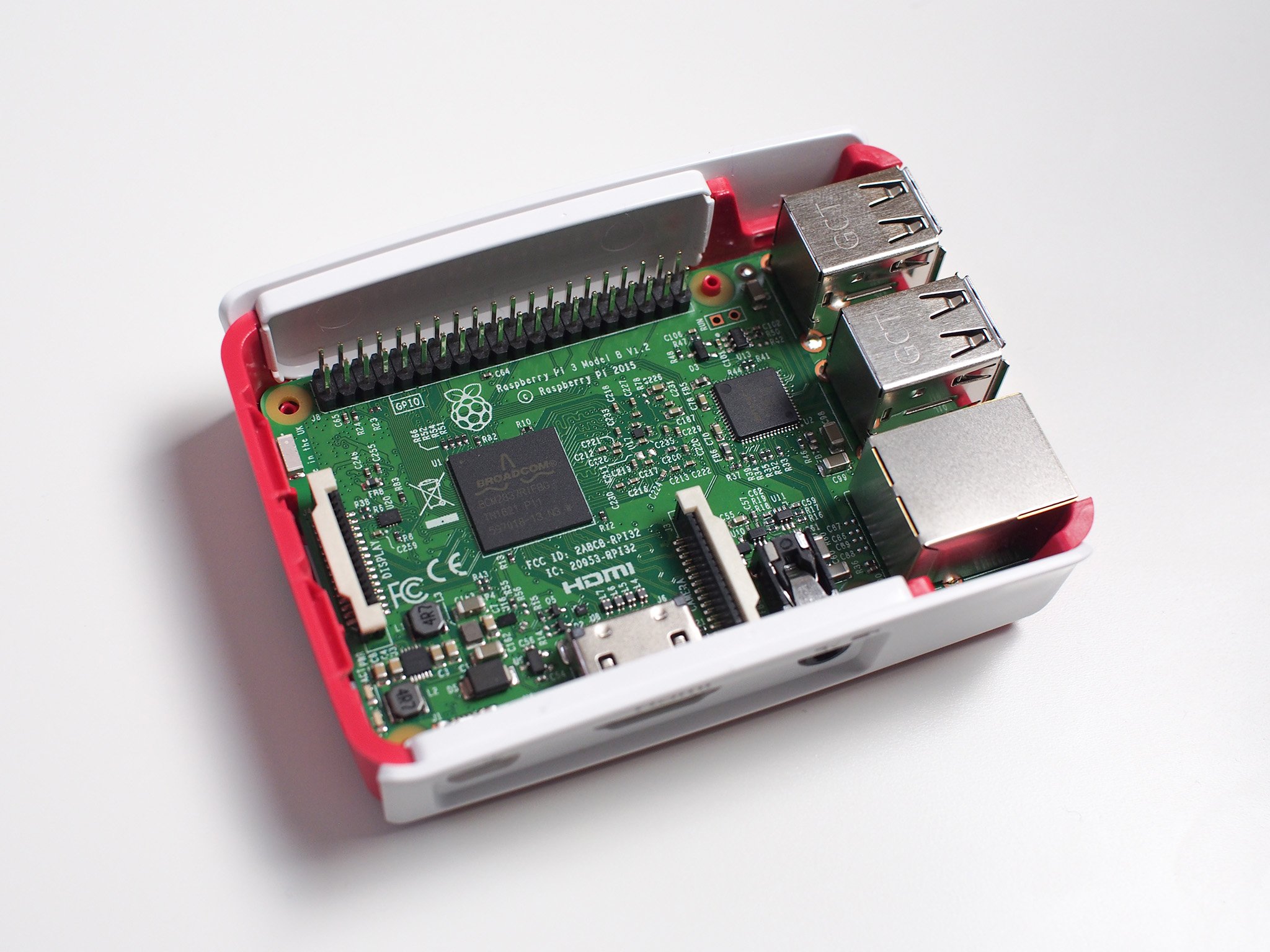SSH Remote IoT Device Raspberry Pi Free Download Windows - Connecting Your Tech
Detail Author:
- Name : Carroll O'Reilly DDS
- Username : riley.macejkovic
- Email : gusikowski.hailie@hotmail.com
- Birthdate : 1990-02-06
- Address : 6912 Hailie Inlet Port Bettye, DE 42160
- Phone : 318-431-1324
- Company : Waters-Mayer
- Job : Textile Knitting Machine Operator
- Bio : Expedita adipisci laborum et magnam distinctio. Quaerat esse voluptas et consequatur repellendus eius. A odio quidem voluptatem dolor nisi recusandae omnis.
Socials
instagram:
- url : https://instagram.com/westley.bosco
- username : westley.bosco
- bio : Sunt vero doloremque doloremque a quo consequuntur. Minima nostrum enim dolorem error aut.
- followers : 953
- following : 1821
facebook:
- url : https://facebook.com/westley5982
- username : westley5982
- bio : Voluptas consequatur modi commodi libero quis autem ab.
- followers : 2498
- following : 202
twitter:
- url : https://twitter.com/westley_xx
- username : westley_xx
- bio : Sequi quis quasi quia eum quasi sapiente. Doloribus repellat esse aperiam animi reiciendis odio aperiam.
- followers : 6256
- following : 686
linkedin:
- url : https://linkedin.com/in/westleybosco
- username : westleybosco
- bio : Iure est praesentium voluptates quod quia.
- followers : 5262
- following : 2083
Connecting to your small computers, like a Raspberry Pi, from a Windows machine can feel a bit like setting up a secret handshake between two very different friends. You want to send commands, check things, or perhaps even work on projects without having to physically plug in a keyboard and screen every single time. This is where a tool called SSH comes into play, offering a secure way to talk to your devices from afar. It's a pretty handy thing for anyone working with remote gadgets, whether they are for personal hobbies or bigger projects, and you can get the tools you need for Windows without spending a dime.
A lot of people who work with these kinds of remote devices, like a Raspberry Pi, often find themselves needing to get into them from a desktop computer. This could be for changing settings, running programs, or just checking if everything is working as it should. The idea is to make that connection smooth and safe, so your information stays private and your commands go where they are supposed to go. You see, when you're dealing with something like a small IoT device, having a reliable way to reach it without being right next to it is very useful, in a way.
This whole process often starts with getting the right software on your Windows computer. Thankfully, there are options available that won't cost you anything at all, making it easier for everyone to get started. We'll talk about how to set things up, what to do if you run into little hiccups, and how to make sure your connections are as secure as possible. So, if you're looking to get a better handle on controlling your remote IoT device Raspberry Pi from your Windows machine, this information should help you get going, pretty much.
Table of Contents
- What is SSH and Why Does it Matter for Your Remote IoT Device Raspberry Pi?
- Getting Started with SSH on Windows - A Free Download?
- Sorting Out SSH Connections to Your Remote IoT Device Raspberry Pi
- How Do You Handle SSH Key Authentication for Your Remote IoT Device Raspberry Pi?
- Are You Seeing Issues with X11 Forwarding on Your Remote IoT Device Raspberry Pi?
- Making Sense of Host Key Fingerprints for Your Remote IoT Device Raspberry Pi
- Connecting to SFTP from Windows Explorer for Your Remote IoT Device Raspberry Pi
What is SSH and Why Does it Matter for Your Remote IoT Device Raspberry Pi?
SSH, which stands for Secure Shell, is a way to get into another computer over a network, like the internet, but in a very safe manner. Think of it like a secure tunnel that lets you send commands and receive information from your remote IoT device Raspberry Pi without worrying too much about someone listening in. It's really important for devices that don't have their own screen or keyboard, or for when you're just not physically near them. This tool helps you manage your small computers from anywhere, as a matter of fact.
For something like a Raspberry Pi, which is often used as a tiny server or part of an IoT setup, having SSH ready to go is almost a must-have. It means you can put your Raspberry Pi in a hard-to-reach spot, say, in a weather station outside, and still be able to update its software or change how it works from your comfortable desk. This method of connection helps you keep control of your gadgets, even when they are far away. It truly simplifies managing these kinds of projects, in a way.
Getting Started with SSH on Windows - A Free Download?
If you're on a Windows computer and want to talk to your remote IoT device Raspberry Pi, you'll need an SSH client. The good news is that Windows now includes OpenSSH right out of the box, which is a big help. This means you usually don't need to go looking for separate downloads or install extra programs just to get started. You can typically find it ready to use through PowerShell, which is Windows' command line tool, you know.
For those who might be using an older version of Windows or just prefer a different tool, there are other free options available, like PuTTY. These tools let your Windows machine act as the "control center" for your remote IoT device. Setting them up usually involves just a few steps to get the program running, and then you're ready to make your first connection. It's really quite straightforward once you know where to look, basically.
Sorting Out SSH Connections to Your Remote IoT Device Raspberry Pi
When you're trying to connect to your remote IoT device Raspberry Pi, you might want to save some connection details so you don't have to type them out every single time. For Windows users using OpenSSH, this means making or changing a special file. This file lets you put in things like the device's name and the specific connection point it uses. So, instead of a long command, you can use a short name, which is pretty convenient, you know.
To get this file ready, you would typically open up PowerShell and type a command that either creates this file or opens it for you to add information. This file usually sits in a particular spot on your computer, making it easy for OpenSSH to find it when you try to connect. It helps keep your connection details organized and makes getting to your remote IoT device much quicker, as a matter of fact.
How Do You Handle SSH Key Authentication for Your Remote IoT Device Raspberry Pi?
Connecting to your remote IoT device Raspberry Pi often involves using special digital keys instead of just a username and password. This is generally seen as a more secure way to get in. You have a private key on your computer and a public key on the Raspberry Pi. When you try to connect, these keys talk to each other to confirm it's really you, basically.
Sometimes, people want to run a series of commands on a remote device from another remote device. For example, you might have a script on one server that needs to talk to a second server. In this case, you would need to make sure the first server has your private key ready to go, so it can properly identify itself to the second server. It's a common setup for automating tasks between different parts of a system, you know.
There are situations where older systems or specific setups might use a different method, like a Windows batch script that uses a tool like Plink, which is part of the PuTTY family. These scripts might have the username and password written right into them, which isn't the safest approach for identifying yourself. It means if someone gets hold of that script, they have everything they need to get into your remote IoT device. So, using keys is generally a much better idea for security, absolutely.
Are You Seeing Issues with X11 Forwarding on Your Remote IoT Device Raspberry Pi?
Sometimes, when you connect to your remote IoT device Raspberry Pi using SSH, you might want to run a program that has a graphical window, like a web browser or a simple drawing tool. This is where something called X11 forwarding comes in. If you try to run such a program and nothing appears, it often means this forwarding isn't set up right. It's like trying to watch a movie on a screen that isn't plugged in, in a way.
To figure out if your SSH connection is set up to show these graphical programs, you can check the output when you try to connect. You would look for a specific line that mentions "requesting x11 forwarding." If you don't see that line, or if the program still doesn't show up, it tells you that the connection isn't ready to send those visual bits from your remote IoT device to your Windows screen. This can be a little confusing at first, honestly.
Sometimes, you might come across a mention of a special setting that sounds like it should fix this, but then find that setting isn't actually defined or working as you expect. This can be a bit frustrating, as a matter of fact. It means you might need to dig a little deeper into your SSH setup or the settings on your Raspberry Pi to get those graphical programs to show up correctly on your Windows computer. Getting this right lets you use your remote IoT device in more ways, you know.
Making Sense of Host Key Fingerprints for Your Remote IoT Device Raspberry Pi
When you connect to an SSH server, whether it's your remote IoT device Raspberry Pi or another computer, both sides need to confirm who they are. You identify yourself with your username and password, or those special keys we talked about. The server, on the other hand, identifies itself to you using something called a host key. This host key has a unique "fingerprint," which is basically a short string of characters that helps you recognize that you're connecting to the right device and not some imposter, essentially.
This fingerprint is usually created from a specific file on the server, like a public key file. Its main purpose is to make it easy for you to check and confirm that the device you're connecting to is truly the one you intend to reach. When you connect for the first time, your SSH client will usually show you this fingerprint and ask you to confirm it. It's a really important security step to prevent someone from pretending to be your remote IoT device, seriously.
In fact, some versions of SSH clients, like OpenSSH 5.7 and newer, even let you choose which specific methods are used for this key exchange process. This is like having different ways for the server and client to shake hands securely. You can adjust these settings in the configuration files for both your client on Windows and the server on your remote IoT device Raspberry Pi. This level of control can be helpful for making sure your connections are as secure and compatible as possible, you know.
Connecting to SFTP from Windows Explorer for Your Remote IoT Device Raspberry Pi
Many people want to move files back and forth between their Windows computer and their remote IoT device Raspberry Pi. A common way to do this securely is using SFTP, which stands for SSH File Transfer Protocol. It's like FTP, but with the added security of SSH. The challenge sometimes comes when people want to use their regular Windows File Explorer to do this, because it's what they are used to, basically.
While Windows File Explorer has an option to connect to a standard FTP server, it doesn't typically have a built-in way to connect directly to an SFTP server. This means if you're trying to get files from your remote IoT device Raspberry Pi using SFTP, you'll generally need a separate program. There are many free programs available that let you do this, offering a familiar drag-and-drop experience for moving your files safely. So, while File Explorer might not do the trick on its own, there are plenty of other options, you know.

How To Use RemoteIoT VPC SSH Raspberry Pi Download Free Windows For

How To Download Free Windows For SSH Remote IoT Raspberry Pi Setup

How To Download Free Windows For SSH Remote IoT Raspberry Pi Setup